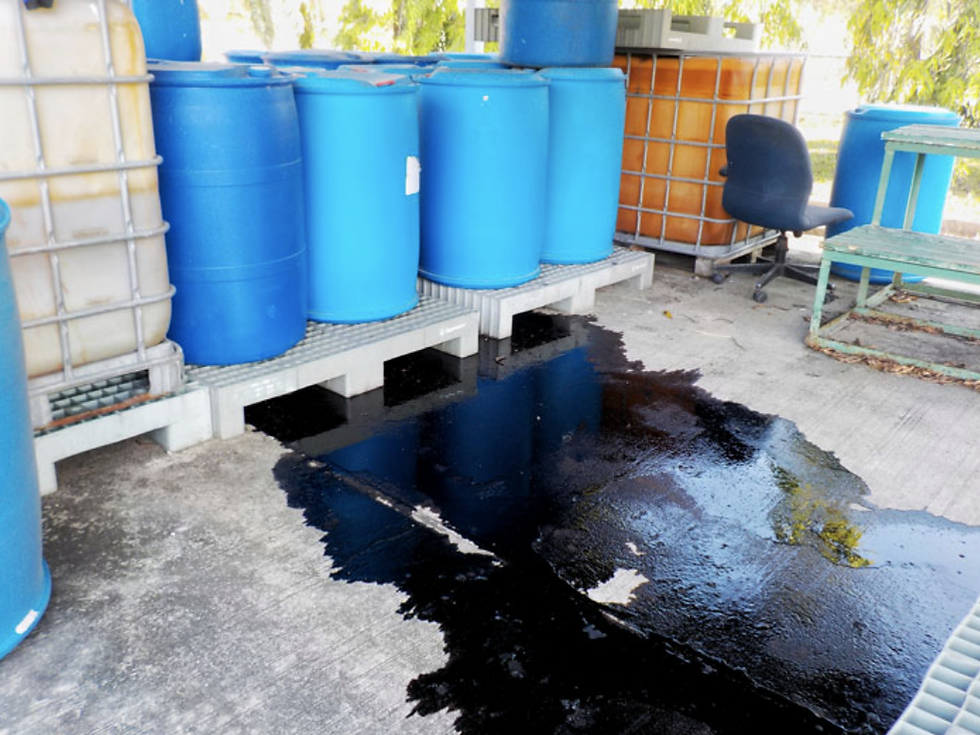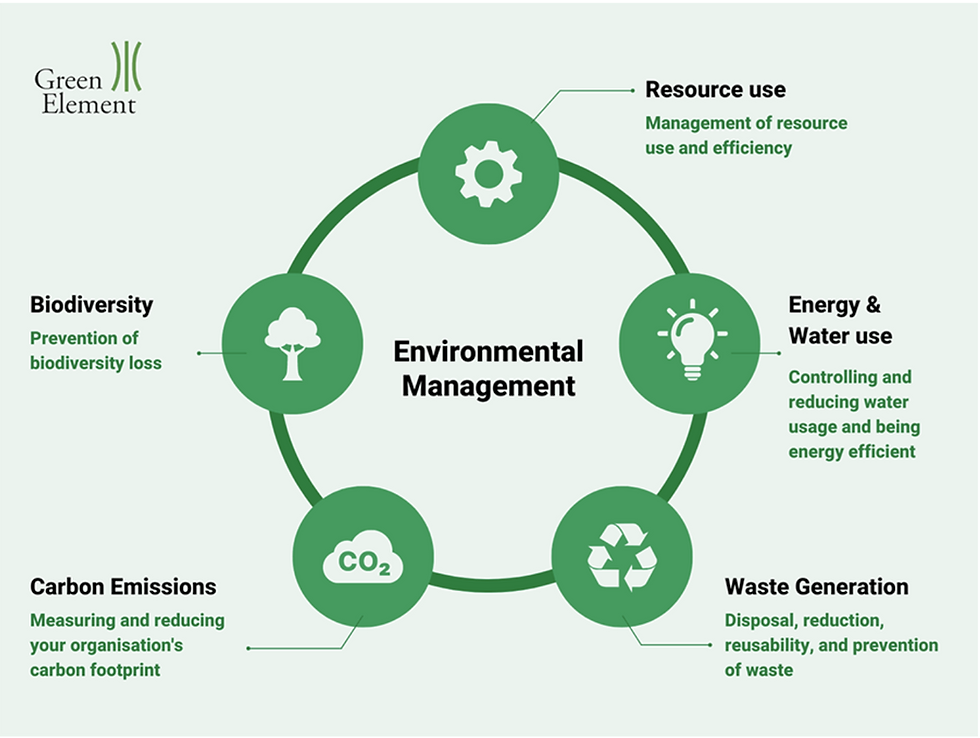Violence and aggression at work
- Dorset Health and Safety

- Mar 27, 2023
- 7 min read

1. Overview
This guidance explains what work-related violence and aggression is and how employers can protect workers from it.
It is also aimed at safety representatives and people responsible for health and safety in their workplace. We have separate advice for workers.
If you're self-employed, you can check if health and safety law applies to you.
This guidance covers the law, how to assess the risks and put the right controls in place to protect workers.
It also covers what you should do if an incident does occur, what to report and how to support any workers who may be physically or mentally affected.
Definition of violence at work
The Health and Safety Executive (HSE) defines work-related violence as:
‘Any incident in which a person is abused, threatened or assaulted in circumstances relating to their work.’
It is important to remember that this can include:
verbal abuse or threats, including face to face, online and via telephone
physical attacks
This might include violence from members of the public, customers, clients, patients, service users and students towards a person at work.
For violence to be work-related, it must be in connection with the work activity. For example, the following situations would not be included in this definition:
personal disputes between workers and other people, such as family members
violence between people not at work, such as customers or service users
HSE is not the primary authority for cases of bullying, harassment or domestic abuse in the workplace. However, we have legal advice from other sources.
Impact of violence
Work-related violence can have an impact on both you and your workers, including those who may witness an incident. It can cause:
injury
stress and mental health conditions
disability or death
There can be physical harm, but serious or persistent verbal abuse or threats can also have a serious effect on a worker's mental health.
For employers, violence can lead to increased staff sickness, poor morale, and a damaged reputation, making it difficult to recruit and keep staff. It can also mean extra cost, with higher insurance premiums and compensation payments.
2. What the law says
Health and safety law applies to risks from work-related violence, just as it does to other risks from work. The main pieces of relevant legislation are provided below.
Health and Safety at Work Act
This Act places a legal duty on employers to ensure, so far as reasonably practicable, the health, safety, and welfare of workers. This includes protecting them from work-related violence.
Every business must have a policy for managing health and safety.
Management of Health and Safety at Work Regulations
These Regulations require employers to assess the health and safety risks to workers, including the risk of work-related violence.
In addition, employers have a requirement to:
appoint competent people
set up emergency procedures
provide information and training to workers
work together with employers sharing the same workplace
Workers, on the other hand, are required to use the information and training they have received, and to report dangerous situations or failings in health and safety arrangements.
Reporting of Injuries, Diseases and Dangerous Occurrences Regulations (RIDDOR)
Under these Regulations, employers, certain self-employed people and those in control of work premises must report certain workplace injuries, dangerous occurrences and occupational diseases to HSE. More information on reporting violent incidents.
Safety Representatives and Safety Committees Regulations
Under these Regulations, employers have a duty to consult with their workers, or their representatives, on health and safety matters.
These Regulations apply in workplaces where:
the employer recognises trade unions
trade unions are recognised for collective bargaining purposes
Health and Safety (Consultation with Employees) Regulations
These Regulations apply in workplaces where workers are not covered by representatives appointed by recognised trade unions. More information on consulting workers.
3. Assessing the risks
As an employer, you must carry out a risk assessment to identify significant risks to your workers and implement effective control measures. This includes how to prevent and manage violence.
A risk assessment alone will not reduce the occurrence of work-related violence, but the actions you take following on from it should.
Identify hazards
The first step in your risk assessment is to identify the hazards. A hazard is anything that can cause harm to people.
This can include both verbal and online abuse, and physical assault to your workers.
There are number of ways to identify your hazards, but here are some tips:
ask your workers about their experiences and what they think – this can be done through supervisors, managers or safety representatives, or through a survey
look around at your workplace, including how people work and their working environment
look back at your incident records on work-related violence
there may be a known pattern of violence linked to certain work situations (professional organisations and trade unions may have useful information)
Assess the risks
Once you have identified the hazards, decide how likely it is that a worker could be harmed and how serious it could be. Think about whether there are any workers at different or additional risk.
For example, lone workers may be at greater risk due to the lack of nearby support to help prevent an incident or help if things go wrong.
New starters, trainees and other vulnerable workers are also often at greater risk.
Decide how to control the risks
Look at what you're already doing, and the controls you have in place. Ask yourself:
can I get rid of the hazard altogether?
if not, how can I control the risks so that harm is unlikely?
Make sure you ask your workers for their ideas and feedback.
Once you decide on your controls, you must record your findings and periodically review your risk assessment.
3. Assessing the risks
As an employer, you must carry out a risk assessment to identify significant risks to your workers and implement effective control measures. This includes how to prevent and manage violence.
A risk assessment alone will not reduce the occurrence of work-related violence, but the actions you take following on from it should.
Identify hazards
The first step in your risk assessment is to identify the hazards. A hazard is anything that can cause harm to people.
This can include both verbal and online abuse, and physical assault to your workers.
There are number of ways to identify your hazards, but here are some tips:
ask your workers about their experiences and what they think – this can be done through supervisors, managers or safety representatives, or through a survey
look around at your workplace, including how people work and their working environment
look back at your incident records on work-related violence
there may be a known pattern of violence linked to certain work situations (professional organisations and trade unions may have useful information)
Assess the risks
Once you have identified the hazards, decide how likely it is that a worker could be harmed and how serious it could be. Think about whether there are any workers at different or additional risk.
For example, lone workers may be at greater risk due to the lack of nearby support to help prevent an incident or help if things go wrong.
New starters, trainees and other vulnerable workers are also often at greater risk.
Decide how to control the risks
Look at what you're already doing, and the controls you have in place. Ask yourself:
can I get rid of the hazard altogether?
if not, how can I control the risks so that harm is unlikely?
Make sure you ask your workers for their ideas and feedback.
Once you decide on your controls, you must record your findings and periodically review your risk assessment.
5. Reporting and learning from incidents
What you must report
Employers, certain self-employed people and those in control of work premises must report certain workplace injuries, dangerous occurrences and occupational diseases to HSE under the Reporting of Injuries, Diseases and Dangerous Occurrences Regulations (RIDDOR).
You must report any act of work-related violence that results in:
death
a specified injury
a physical injury to a worker that means they are unable to carry out their normal duties for more than 7 days
You do not need to report but you must keep a record of any work-related injuries that result in a worker being unable to carry out their normal duties for more than 3 days.
RIDDOR only requires you to report accidents that arise 'out of or in connection with work'. The work activity itself must lead to the accident.
For example, an injury would not be reportable if it involves:
one worker injuring another during a personal dispute
a worker being injured by a relative or friend who visits them at work about a domestic matter
Informing the police
In addition to reporting incidents to HSE, you or your workers may also want to report instances of violence or intimidation to the police. To do this, you can use the local police force online reporting system, or you can call 101.
Recording violent incidents
It is important to record incidents that your workers experience, This will help you:
investigate incidents to build a true picture of the risks and triggers for violence and review whether your control measures are working
show your workers that you take violence seriously
There are many reasons why workers do not report violence or aggression. These include:
believing it is just part of the job
fearing they will be blamed for the incident
not knowing how to report and record incidents
reporting and recording procedures are time-consuming, too complicated or difficult to use
believing nothing will be done about it
thinking the reputation of the business may be damaged
You can overcome this by developing a recording system that is quick and easy to use, promoting its use among workers, and demonstrating that you will act on the findings.
How to record incidents
If you have an accident book you can make a record in that.
You can create a simple report form for incidents and make these forms easy for workers to use.
For example, you could provide alternative formats such as paper form, online or mobile applications to allow all workers to report incidents as soon as possible.
A brief note of what happened, when, and who was involved should be enough to get your worker started, particularly in the case of verbal abuse.
You can buy HSE’s accident book to help you record incidents.
Providing support for your workers
There can be a significant impact on workers who are directly involved and those who witness an incident. It can affect workers’ mental and physical health.
Here are some key points to consider:
victims will react in different ways − consider changing a person’s job role or working conditions if they are particularly affected by the incident
sensitive and appropriate support will reduce the victim’s suffering, for example offer them a chance to talk openly about the incident as soon as possible
you can offer confidential counselling if your organisation provides this, or give them the details of local counselling services, or charities such as Victim Support
make sure the workers dealing with post-incident situations are fully trained and know how to support their colleagues
Work-related stress
Violence and aggression can lead to workers experiencing stress. There is advice on protecting workers from stress and mental health conditions.






Comments